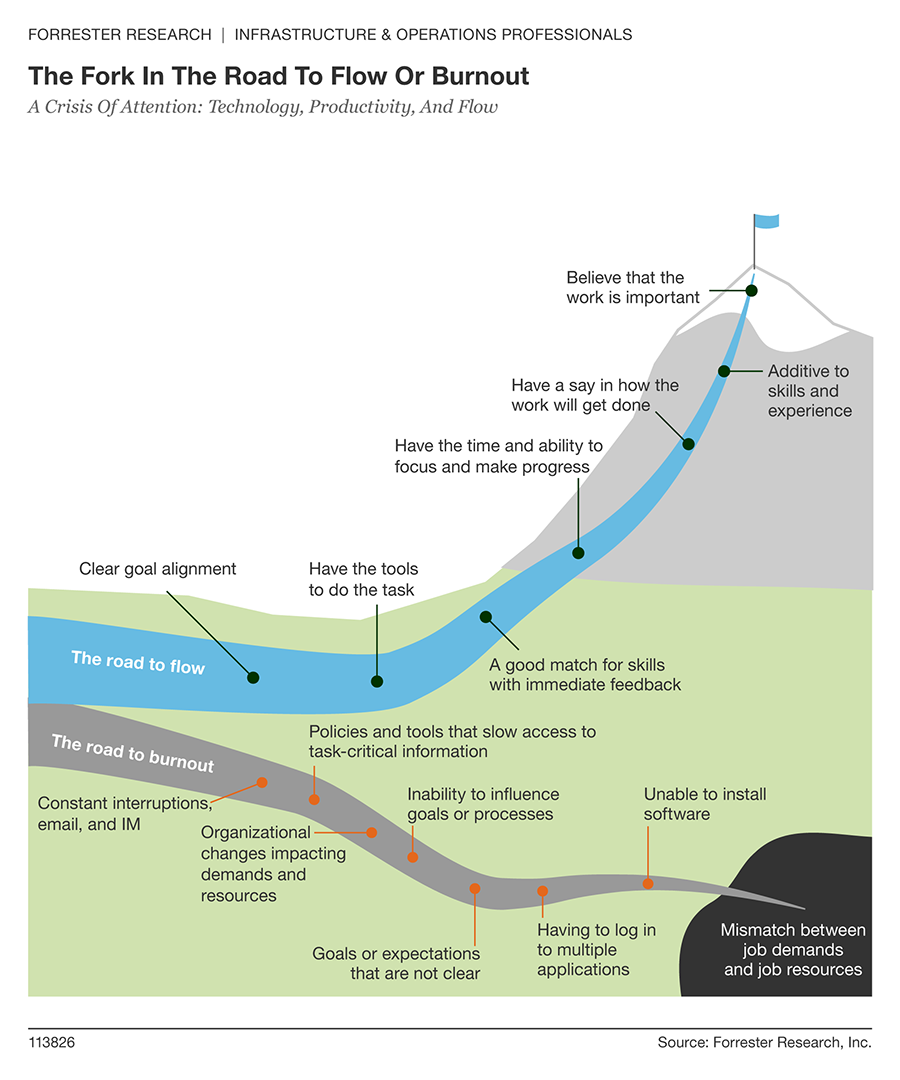AI and connected worker technology is helping frontline managers combat employee burnout and improve engagement and retention.
Industrial work comes with an immense amount of stress. Without providing the worker with the right level of support, this stress can lead to increased errors, poor work performance, and eventually, employee burnout. Recently, Gallup reported that 76% of employees experience some form of workplace burnout. This not only affects performance and productivity but much more, including engagement and employee retention.
To offset employee burnout, managers should aim to:
- Reduce employee stress
- Remove roadblocks ensuring their workers have the proper tools to complete their tasks
- Ensure workers are a good match skill-wise for the work they are doing
- Give workers a say in how the work is completed
- Empower workers to believe that the work they are doing is valued and important
In a 2022 Gallup poll, 79% of employees responded as not being engaged at work, this same poll found that most employees don’t find their work meaningful and do not feel hopeful about their careers.
When supporting workers and battling workplace burnout, there is no “one size fits all” answer, and many organizations are realizing that taking the same approach for “desk workers” does not account for the many and uniquely different needs demanded by frontline or “deskless” workers. Managers must keep in mind these needs when combating and detecting burnout and boosting employee engagement in manufacturing.
Artificial Intelligence (AI) and machine learning-based technology combined with a worker-centric approach can help tremendously in this respect, accounting for the human element in industrial operations while still taking advantage of innovations.
Using AI to Enhance Worker Experience and Reduce Burnout
By utilizing the capabilities of connected worker platforms and AI, companies can take a proactive approach to reducing stress and preventing employee burnout.
The meteoric rise of AI tools like ChatGPT and natural language processing has created a surge in interest in all things AI and while it’s not a cure-all, AI has the potential to be extremely effective in helping workers get access to the information and support they need while on the job, as well as predicting, detecting, and reducing workplace burnout. By taking highly granular connected worker data and using AI to filter out the unnecessary portions, industrial operations are able to not only improve tasks and productivity but better support and empower frontline workers. Organizations can use AI to engage employees by:
- Creating communication touchpoints and streamlining communication
- Pairing workers and tasks based on skill level
- Suggesting training and certification opportunities for upskilling workers
- Create feedback paths so employees have a say in how tasks are completed
To complement AI and software platforms, organizations can implement other tools such as wearable devices, mental health applications, and more to aid in engagement efforts. Finding the right balance and combination is key for knowledge exchange and conversation – making employees more engaged within the team.
The Human Element
It is important to take advantage of new technologies and implement them where needed, but technology by itself is not the answer. Finding a balance between technology integration and a worker-driven approach is key and it is paramount that the true needs of the workforce are not forgotten. Although AI and machine learning-based technology can help tremendously with detecting and reducing employee burnout, it has its limits and can only do so much. Technology cannot replace how workers feel and how they interact with management on a day-to-day basis. And at the end of the day, AI can only augment employees and should be used to empower them, never to replace them.


